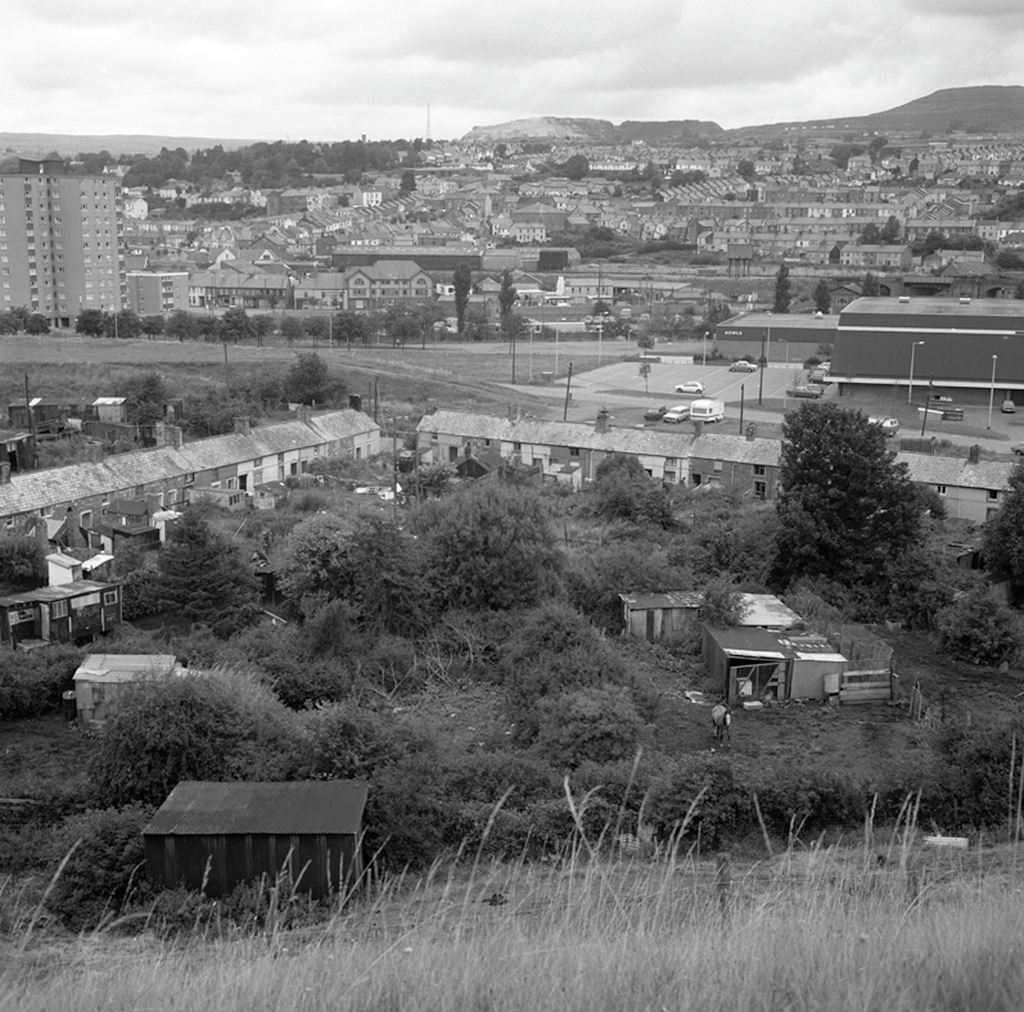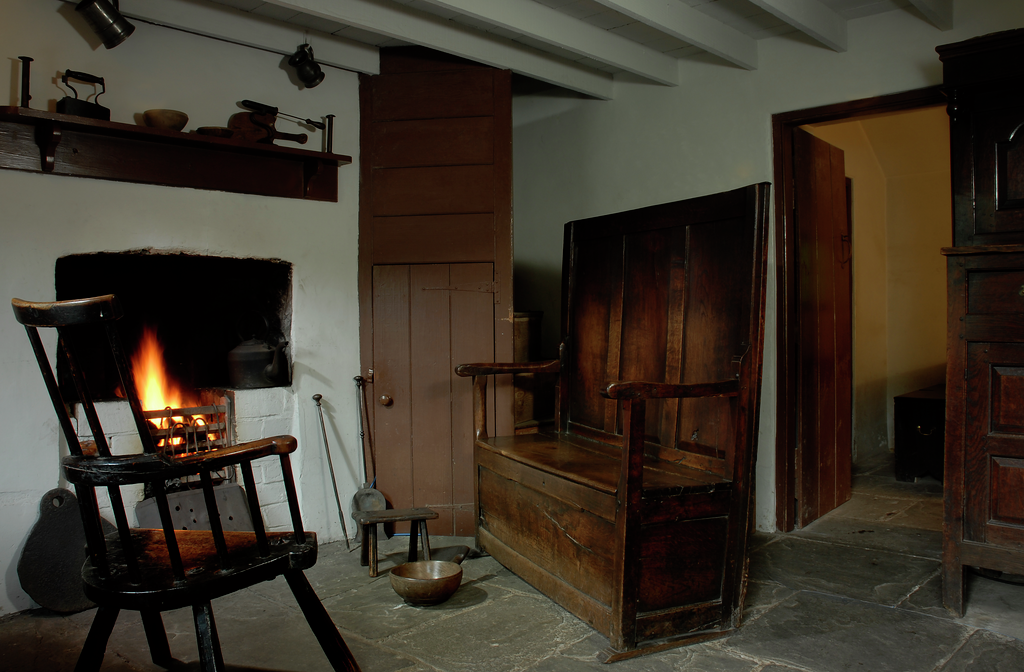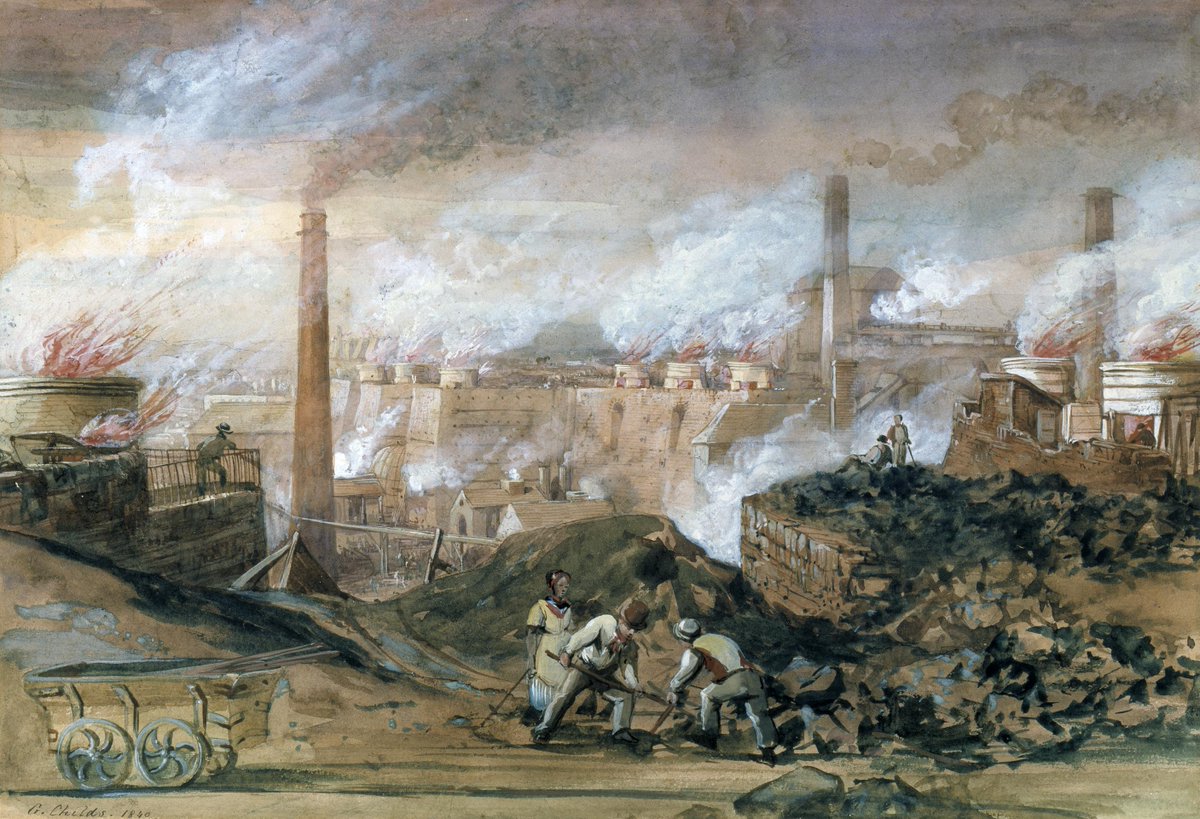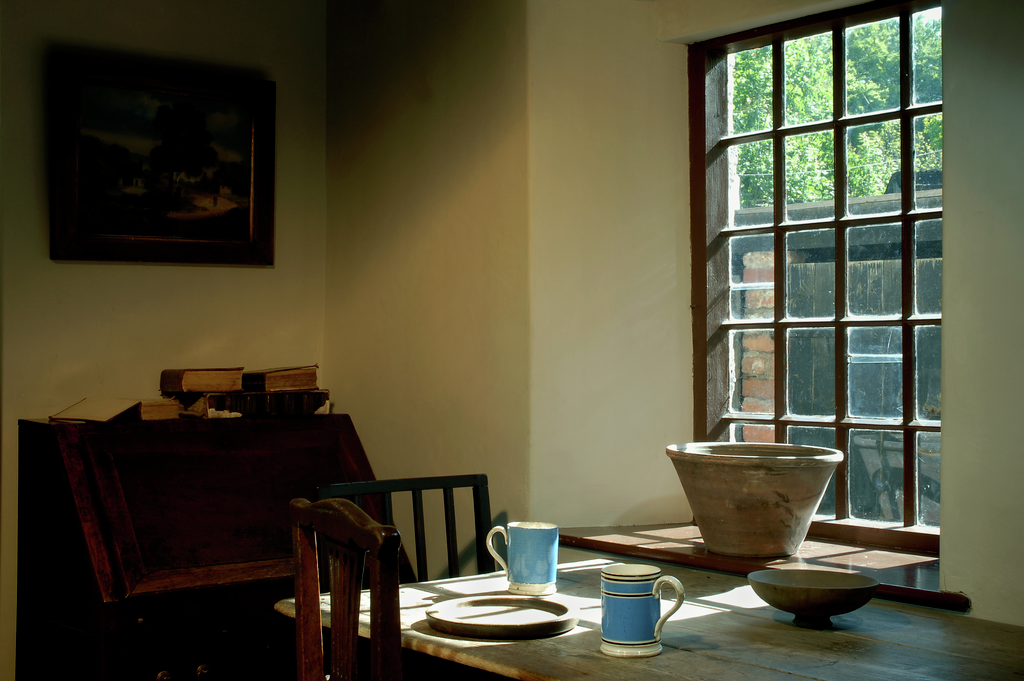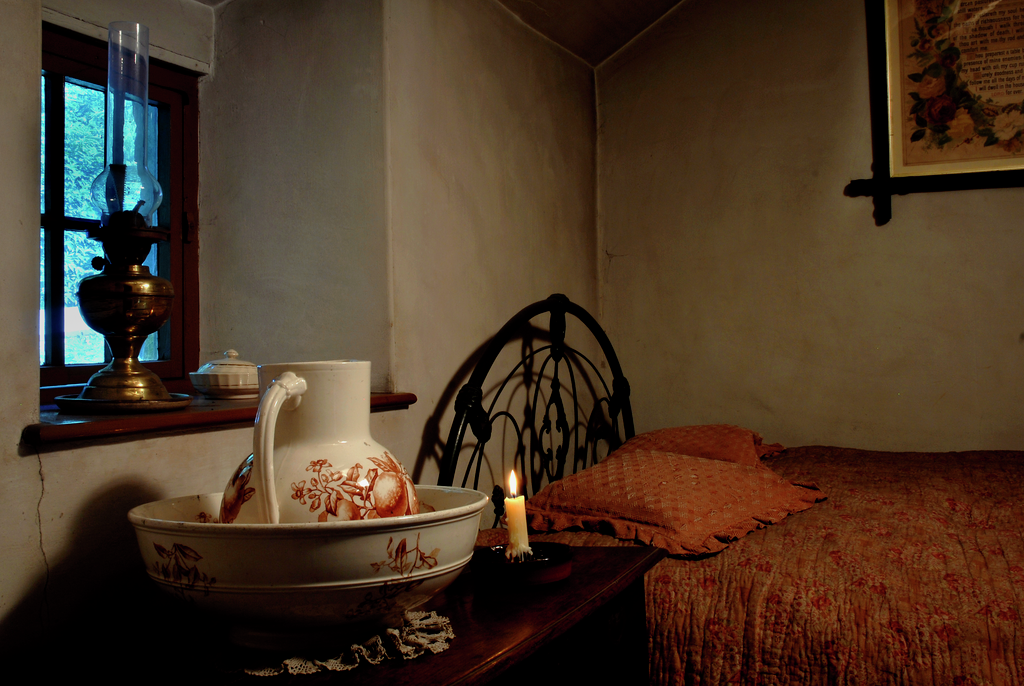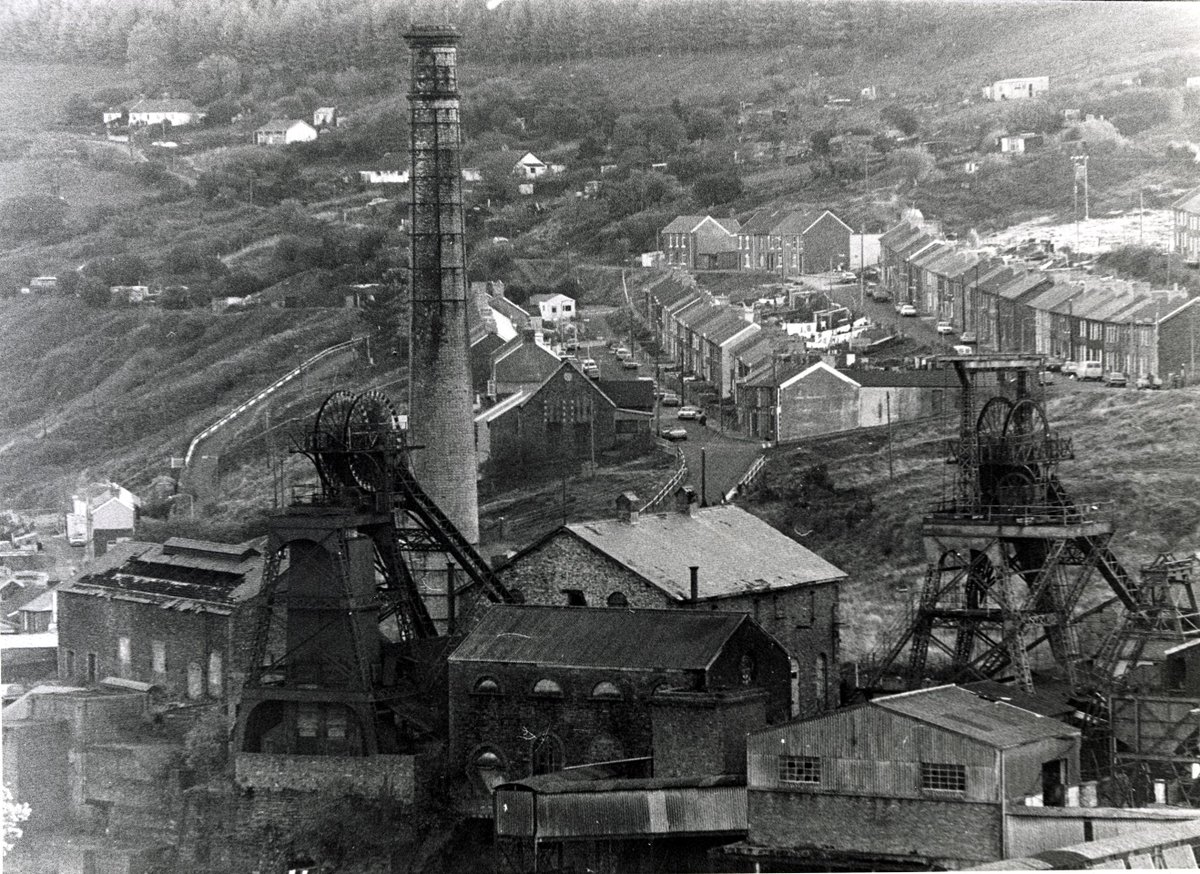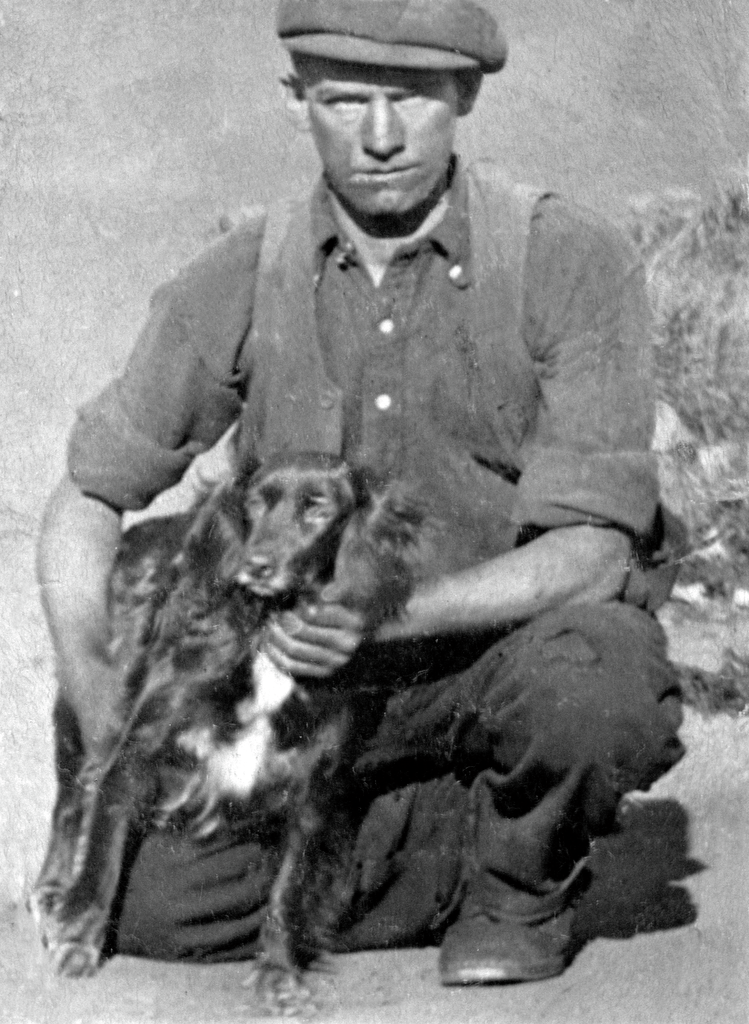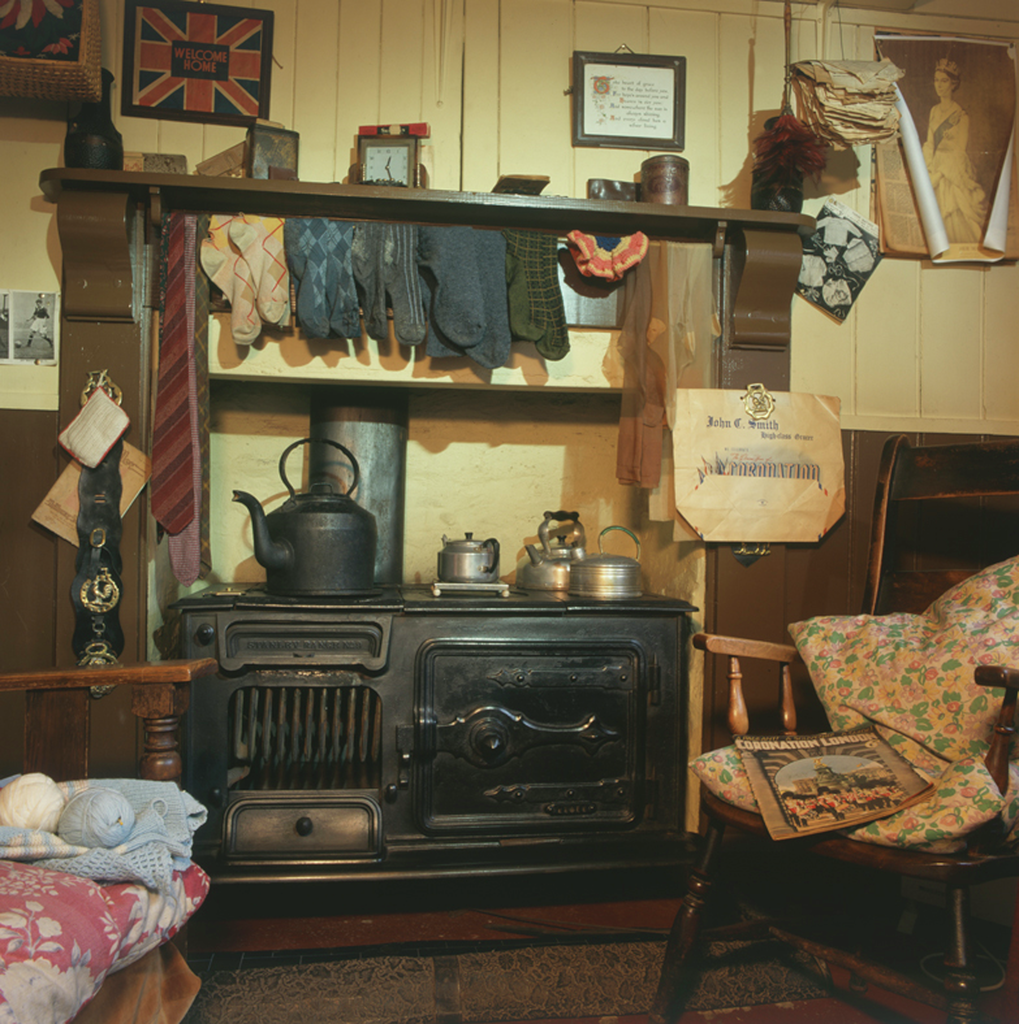2/9 The Rhyd y car houses were built to house ironworkers. Iron ore, timber, and water are required for iron production. All three were available at Merthyr Tydfil and this drew many English Ironmasters to the area.
3/9 Of all the houses built for this purpose, these were the smallest. However, workers were very keen to move in as wages were good and the houses were a great improvement on the cottages of the period.
4/9 Ironmaster Richard Crawshay took over the Cyfarthfa ironworks in 1786. By the end of the 19th century Merthyr had been transformed into one of the most heavily industrialised parts of Britain.
5/9 Overcrowding and inadequate sanitation led to outbreaks of cholera in 1849 and 1854 killing hundreds of people. As a result, piped water, drainage and opening windows were installed.
6/9 Until 1842 women and children commonly worked underground. In 1850 over 600 women laboured in the Merthyr ironworks as ‘pollers’, ‘ironstone girls’, ‘coke girls’, ‘brickyard girls’, ‘tippers’, and ‘pilers’.
8/9 The economic slump of 1926 hit Merthyr hard. 12,000 jobs were lost and 17,000 people left the area. The gardens flourished as working men had time on their hands. Growing vegetables and keeping pigs, poultry, dogs and racing pigeons kept them busy.

 Read on Twitter
Read on Twitter
